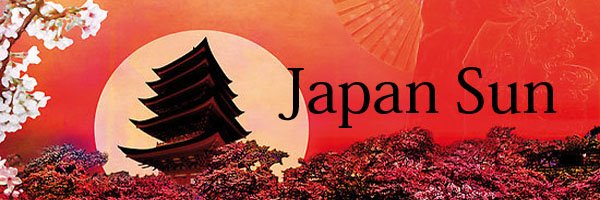The goal of the day was to learn about pottery. Very old pottery. Shigaraki is known as one of the locations of "The Six Old Kilns" of Japan. Records show that potters developed specific kilns and techniques there dating as far back as the early Kamakura and early Muromachi period (circa 1333 - 1573). One thing is for certain, these were some old pots.

Ancient ceramic wrapped in the arms of time.
Upon arriving at the Shigaraki train station, which services a train that runs on diesel, I parked my motor bike in the free parking courtesy of rural Japan. From here I walked to the information center and was greeted with an English "Hello!" by an elderly woman. My guess is she was somewhere in her 60s. She immediately volunteered to take me around the town and show me the old kilns of Shigaraki. Considering her enthusiasm, I thought it best to agree to the proposal. Turns out she has only studied English independently, and her recent study material is an American TV show called "Brothers and Sisters." A show I have never heard of in my life, but impressive considering her English ability.

My Shigaraki tour guide and the ancient kilns.

The kiln interior.
From her I learned that Shigaraki-ware began as a necessity in agriculture but eventually became popular in Tea Ceremony due to a tea master named Murata Juko. The reason for the sudden rise in popularity in tea ceremonies, was due to the simplicity of Shigaraki-ware. Shigaraki-ware is not glazed, nor painted in any way. The colors are natural from the temperature, kiln and ash from the specific types of wood used during the baking process. This went along perfectly with the tea ceremonial concept of "wabi-suki," which emphasized such simplicity.
However, looking around Shigaraki shows a different form of popularity in Shigaraki ceramics. Nowadays Shigaraki is famous for Tanuki, a Japanese raccoon dog. Famous in Japanese folktales for being extra cunning and having magical powers including that of shape shifting, people seem to easily fall in love with this cute character. Unfortunately they are becoming rarer and rarer due to urbanization, and cute as they are, are considered pests.

Giant Shigaraki ceramic tanuki.
At the last kiln, I was introduced to the owner's daughter. My guess is she is somewhere around 22 years old, since she is attending university. She wanted to try to explain the kiln to me in English. After all, she is the next in line to take care of the ancient kiln, starting next year. After an explanation that went quickly from English to Japanese, we sat down in a rustic room and enjoyed tea out of Shigaraki tea cups. Here the conversation was light and with no real topic. Honestly I can't even recall saying much at all, except that I was surprised that the old wooden table I was sitting at was once a boat. Before I left, we exchanged contacts. She goes to school in Kyoto for ceramics, but every weekend returns to Shigaraki to learn from her grandfather. However, one thing I have learned is that the world is small so who knows when we will meet again.
When we left, the old woman showing me around asked me if I knew what the Japanese phrase, "ichigo ichie" 一期一会 meant? Surprisingly, I did know. Its directly translated as "one time, one meeting." However, I feel it is better translated as "one chance in a lifetime." The phrase was developed to describe sharing a tea ceremony with someone, and if you were ever to meet that person again the experience will never be the same as the first. Nowadays it is used for any meeting of this sort, not just tea ceremonies. I personally like to draw parallels to photography and the moment that is captured after the shutter opens and closes, never to be 100% the same again. She told me that that meeting was like "ichigo ichie."
After saying our goodbyes, I headed back to Hino to watch a Shamisen concert in a Buddhist temple on the night of a full moon. In Japan, its traditional to have parties during Autumn, called otsukimi, which translates simply as moon viewing. While uncreative in name, it is unique nonetheless. At this particular concert I was invited by a teacher at my school who has played the Shamisen for most of her life.
At the end of the day, I realized I spent most of my day learning and doing things very traditional. Something that I usually don't have the opportunity or real desire to do very often since the traditions most available to foreigners are temples and statues of the Buddha of mercy. Thankfully to an open invitation from a couple older women, I was allowed to grasp a deeper sense of such things. I guess most of my meetings this weekend resembled "ichigo ichie."
The next day was spent watching a Sumo exhibition. It was exciting to see the strongest certified sumo wrestler in the whole world, Hakuho Sho!

Sumo hair style

The living warrior god, Hakuho Sho!

